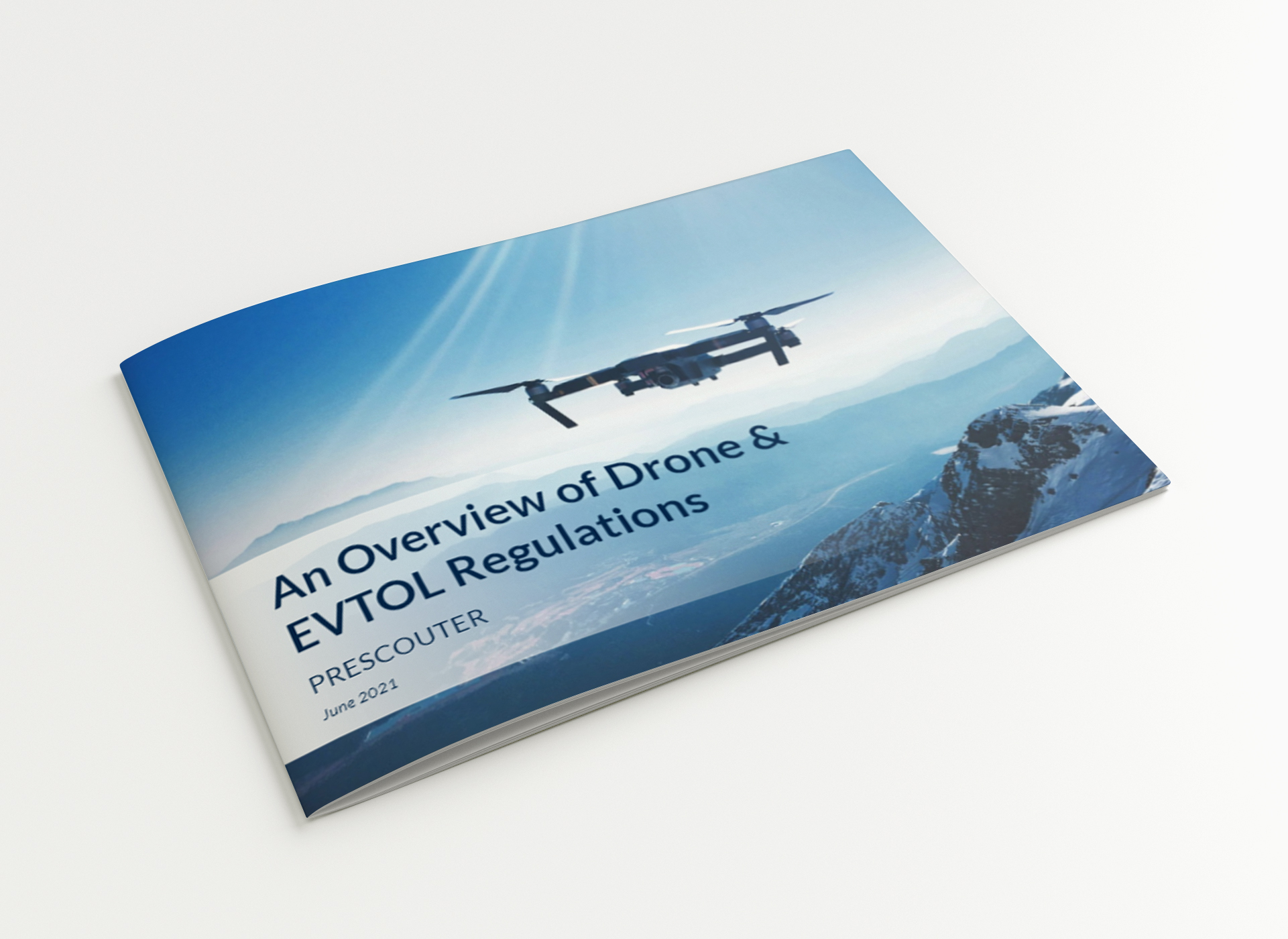According to the latest drone numbers, 70.5% of registered US drones are recreational, but these proportions may soon decline in favor of commercial uses. Civilian drones, as of December 2020, are allowed to fly over populated areas of the United States, a step towards fulfilling their potential in package delivery. Meanwhile, countries like Mexico are beginning to rely on drones for applications such as combatting crime, while the People’s Republic of China currently lacks comprehensive laws or administrative regulations regarding drones at the national level.
Drones are increasingly being used for tasks such as aircraft maintenance, exploration, mapping, and surveillance of remote areas in the oil & gas sector, and smart urban inspection and repair systems. As the commercial applications of drones continue to expand, companies will need to understand the regulatory landscape for unmanned aerial vehicles in countries across the globe.
Included in this white paper:
- Overview of drone laws and regulations for almost every country in the world
- A closer look at drone laws and regulations for North America, South America, Europe, and China & APAC
- Listing of categories of drone use restrictions
- Comparison of EVTOL regulatory approaches of the United States (FAA) and Europe (EASA)
- 3 ways drone pilots can meet Remote ID rules








